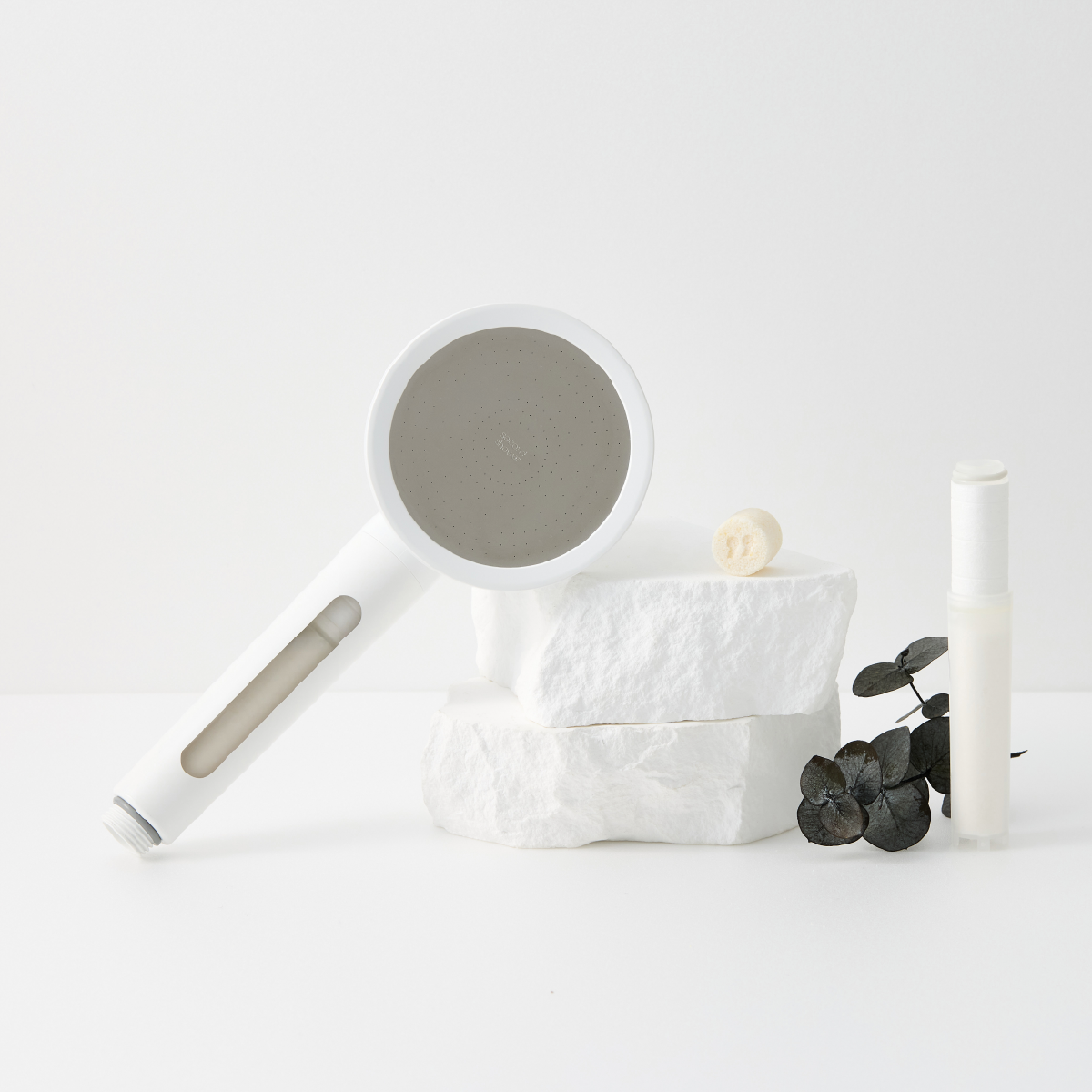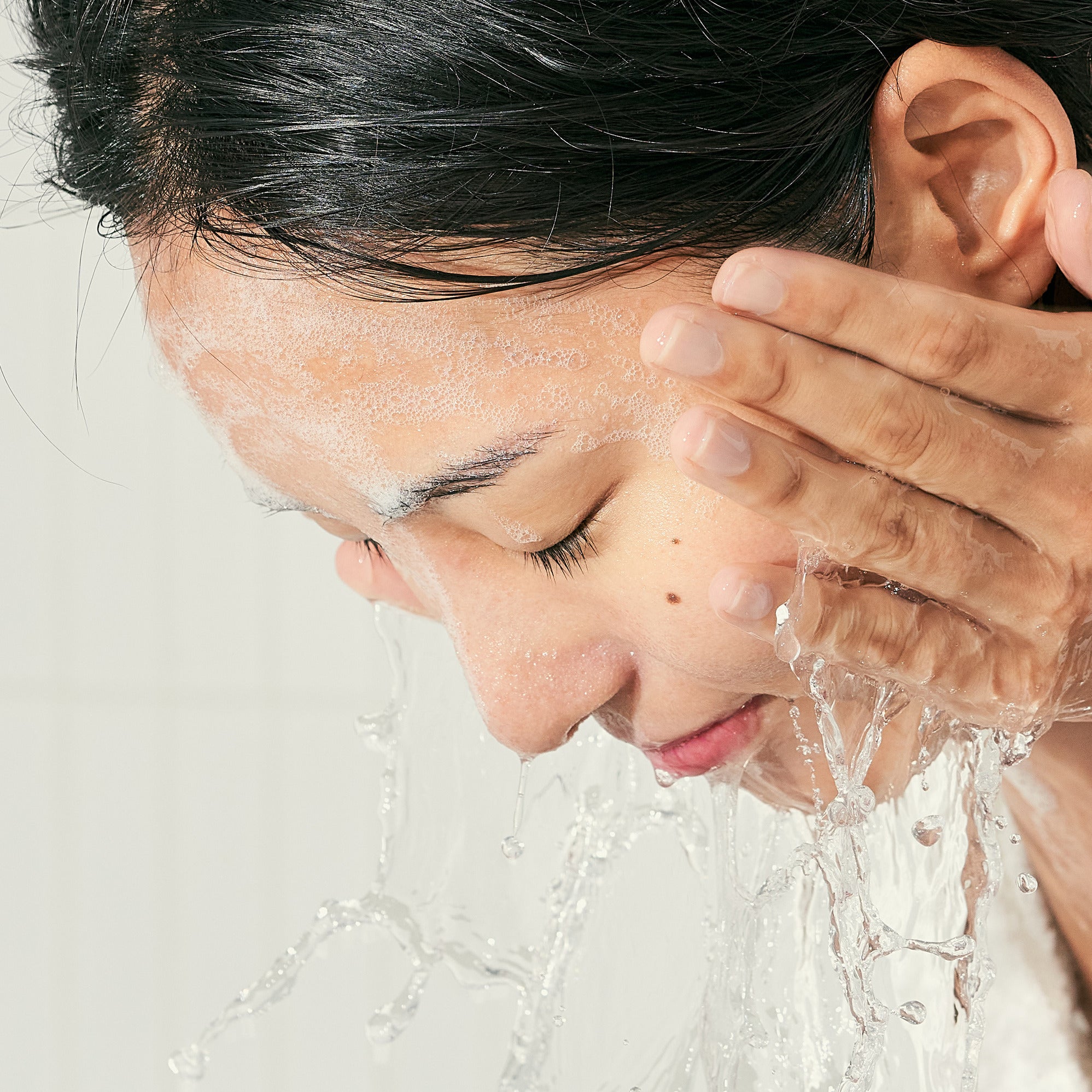In our quest for better skin and healthier hair, we often overlook a silent enemy lurking in our daily showers—chlorine. Widely used for disinfecting municipal water supplies, chlorine can have less-than-desirable effects on our hair, skin, and overall health. Fortunately, there’s a powerhouse solution to mitigate these effects: Vitamin C. This article delves into the role of chlorine in shower water, its potential harm, and why Vitamin C emerges as the superior choice for dechlorination.
Understanding Chlorine and Its Effects
Chlorine is commonly added to water to kill bacteria and other pathogens, ensuring safe water for public use. However, according to the U.S. Environmental Protection Agency [EPA], while effective for disinfection, chlorine can also be detrimental when present in shower water. Chlorine can strip hair of its natural oils, leaving it dry, frizzy, and prone to damage. Similarly, prolonged exposure can lead to irritated, itchy skin, worsening conditions such as eczema.
Methods of Dechlorination
There are several methods to remove chlorine from water, each with its pros and cons. Traditional methods like letting water sit (passive dechlorination) allow chlorine to dissipate naturally over time, but this isn't practical for everyday shower use. Chemical dechlorination using sulfur compounds can be effective but also risky, as these compounds can lower dissolved oxygen levels and are hazardous to handle [Hill, 2003].
Why Vitamin C?
Vitamin C offers a safer, more effective alternative for dechlorination. Both ascorbic acid and sodium ascorbate—two forms of Vitamin C—neutralize chlorine without the risks associated with sulfur-based compounds. Research by Land and others [2005] at the San Dimas Technology and Development Center demonstrates Vitamin C’s efficiency in neutralizing chlorine while maintaining water quality. Unlike other methods, Vitamin C does not significantly alter water pH, making it ideal for personal use.
Moreover, Vitamin C is not only non-toxic but also has added benefits for skin and hair health. As an antioxidant, Vitamin C also promotes collagen production when used topically, potentially enhancing the skin’s appearance and resilience.
Implementing Vitamin C in Your Shower
While Vitamin C has proven to be effective for neutralizing chlorine, incorporating it into your shower routine is not as straightforward as it may seem. The formulation of Vitamin C must be carefully managed to prevent oxidation, which can quickly render it ineffective. This complexity has led to myths surrounding Vitamin C shower filters; not all of them are equally effective. Many Vitamin C filters simply do not provide the necessary stabilization or sufficient dosage to achieve the desired results during a shower.
Fortunately, we have a solution! The Second Shower Head offers a thoughtful approach to water filtration. Designed to effectively remove 99.9% of chlorine (tested), it’s also crafted to enhance the benefits of Vitamin C, letting you soak in its protective and restorative properties during each shower.
Conclusion
Making the switch to a Vitamin C shower filter—like the Second Shower Head—can elevate your daily shower from a simple rinse to a delightful self-care experience. By neutralizing chlorine, it not only helps improve the overall quality of your skin and hair but also supports your wellness goals.
The Second Shower Head

Choosing a solution that brings both science and comfort to your shower routine can make all the difference. Embrace the soothing benefits and turn your shower time into a moment of rejuvenation. For more insights on the importance of clean water, feel free to explore the studies conducted by Land et al. (2005) and other environmental health literature.
References
- Environmental Protection Agency [EPA], "Wastewater Fact Sheet. Dechlorination," 2000.
- Hill, M., "Dechlorination – Vitamin C," North Carolina Rural Water Association, 2003.
- Land, B., "Using Vitamin C to Neutralize Chlorine in Water Systems," San Dimas Technology and Development Center, 2005.





Leave a comment
All comments are moderated before being published.
This site is protected by hCaptcha and the hCaptcha Privacy Policy and Terms of Service apply.